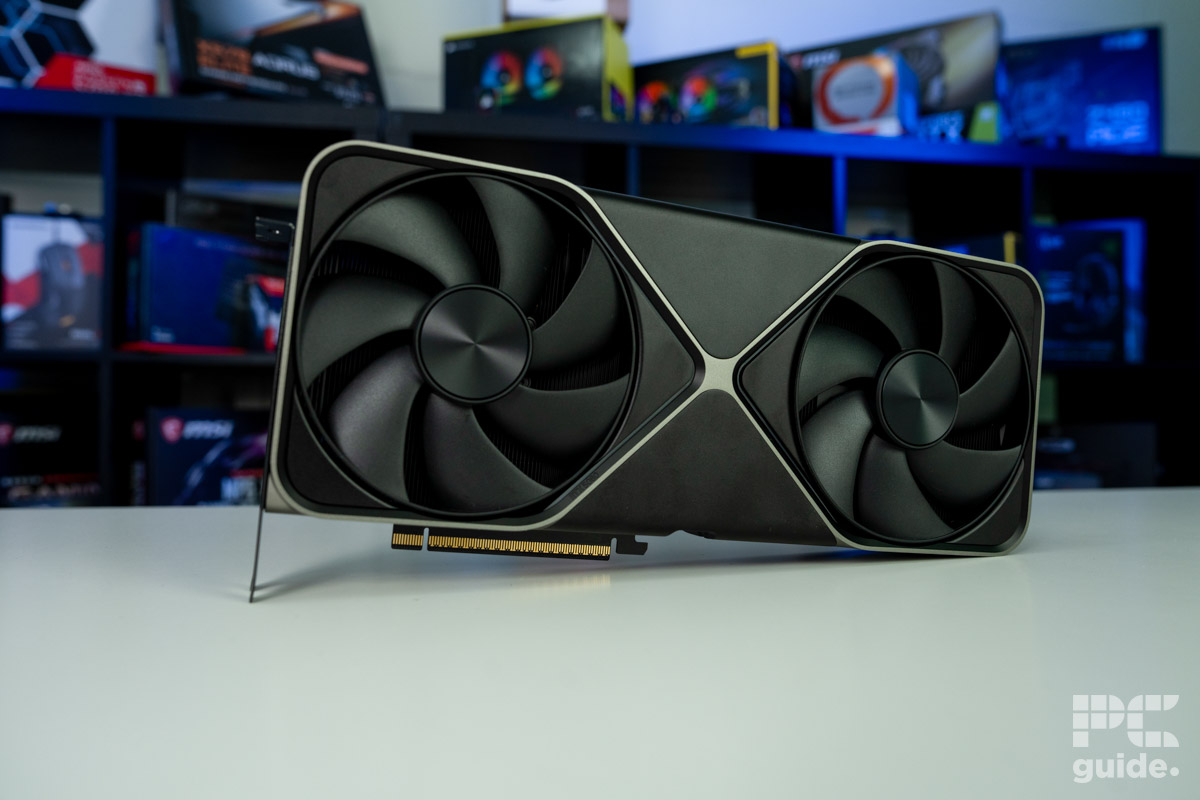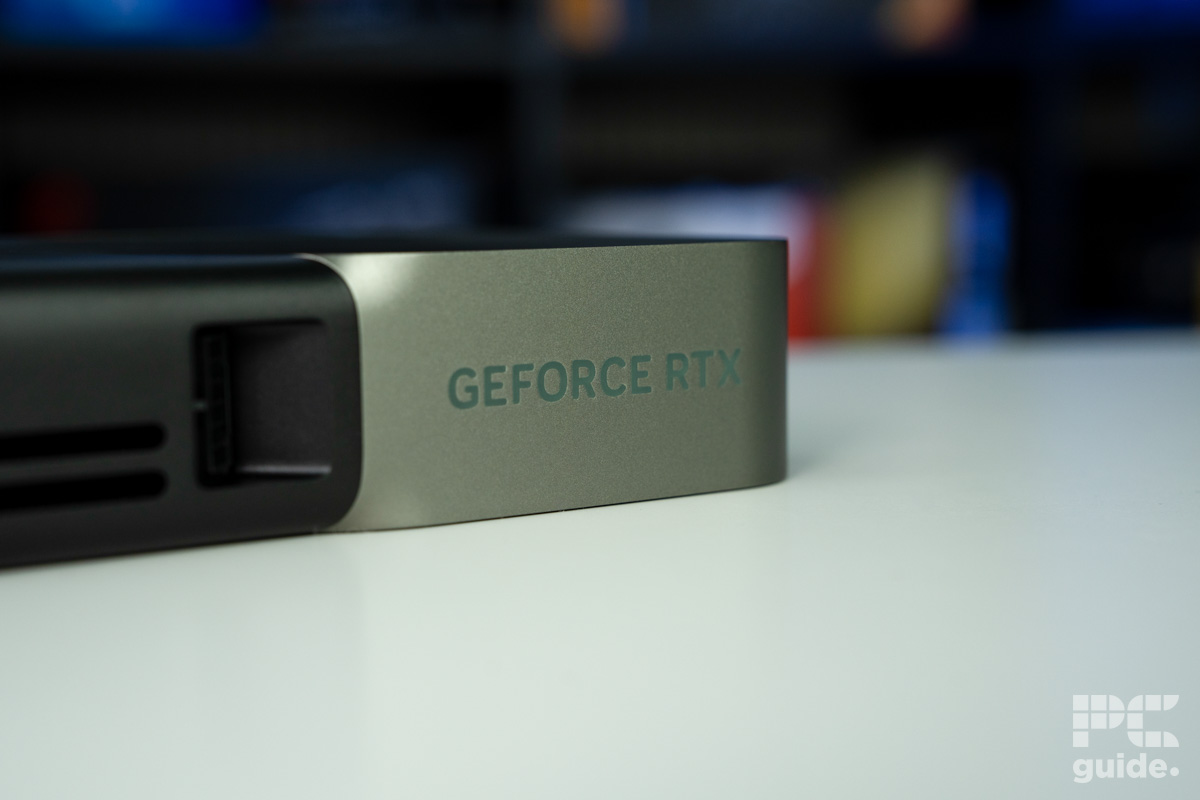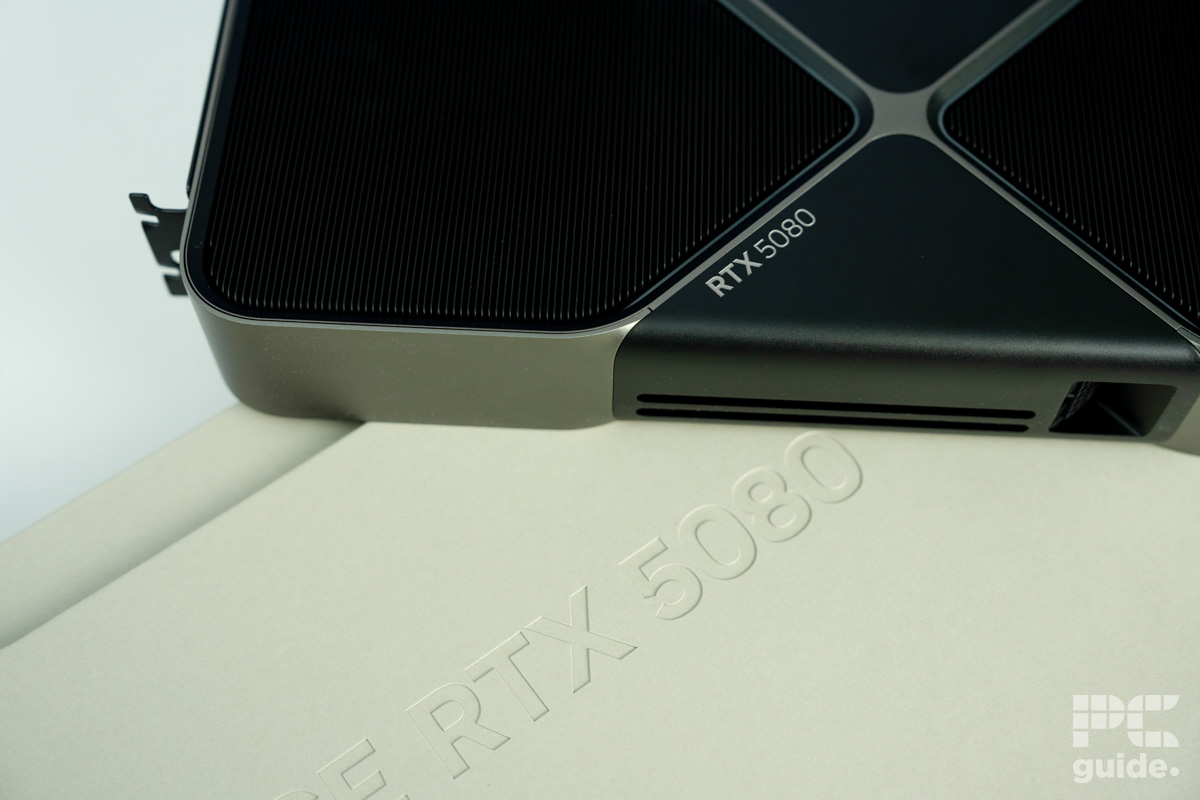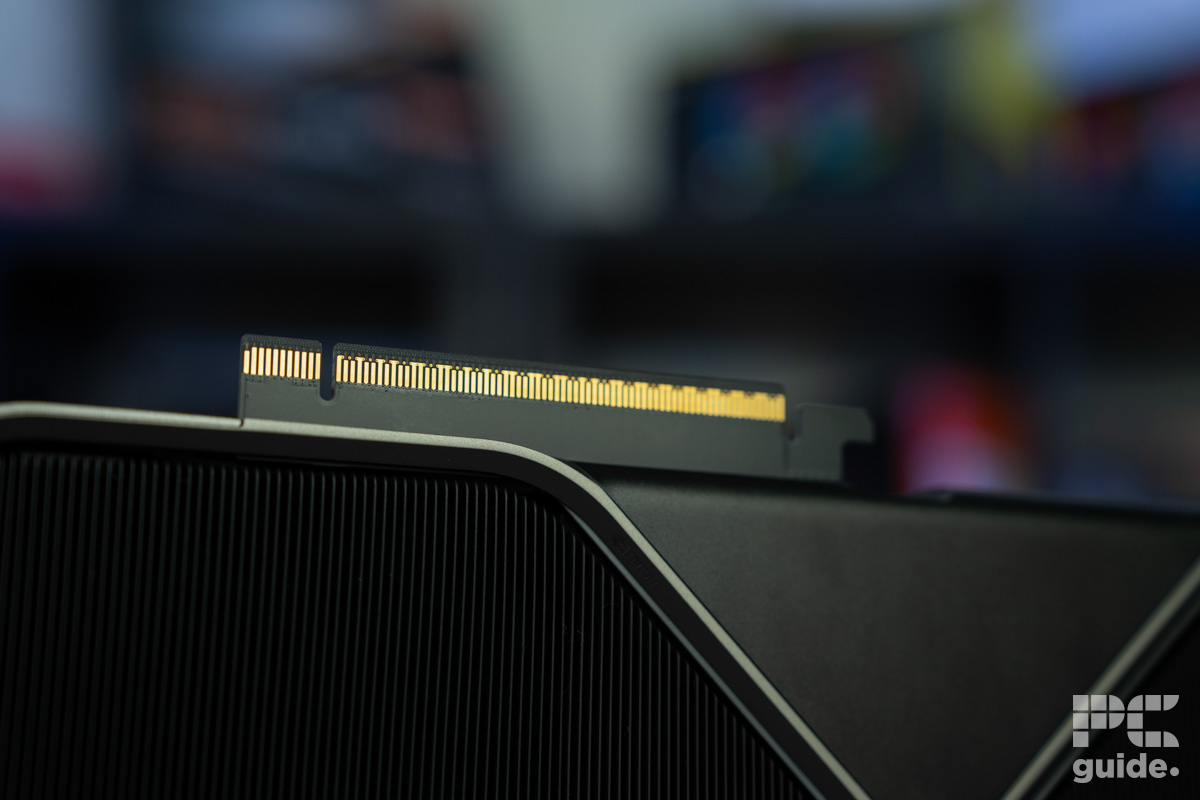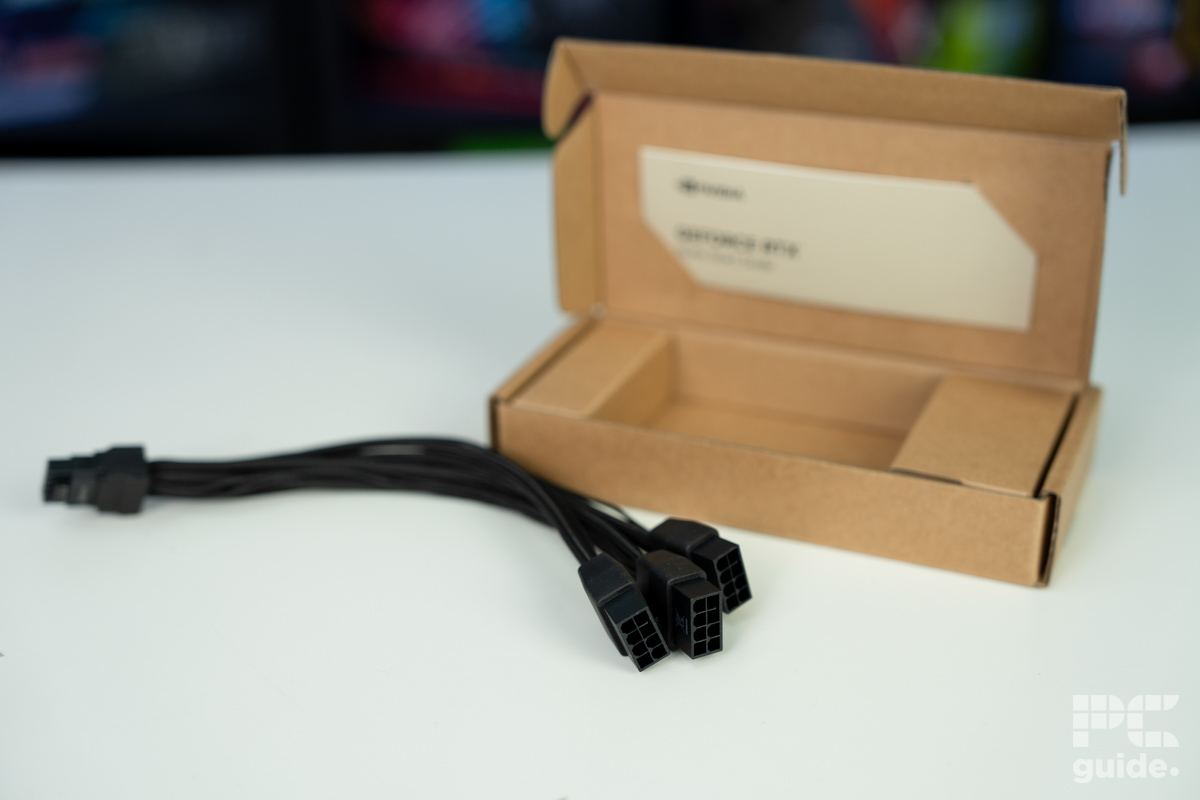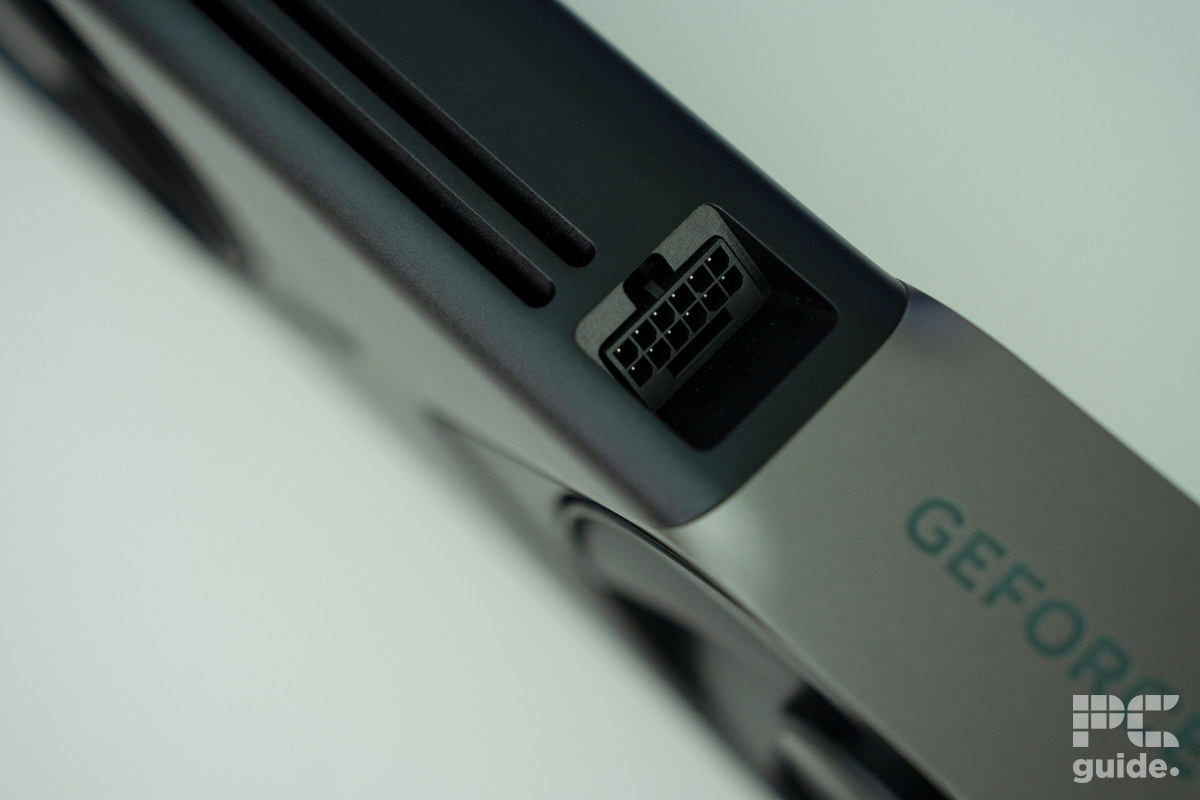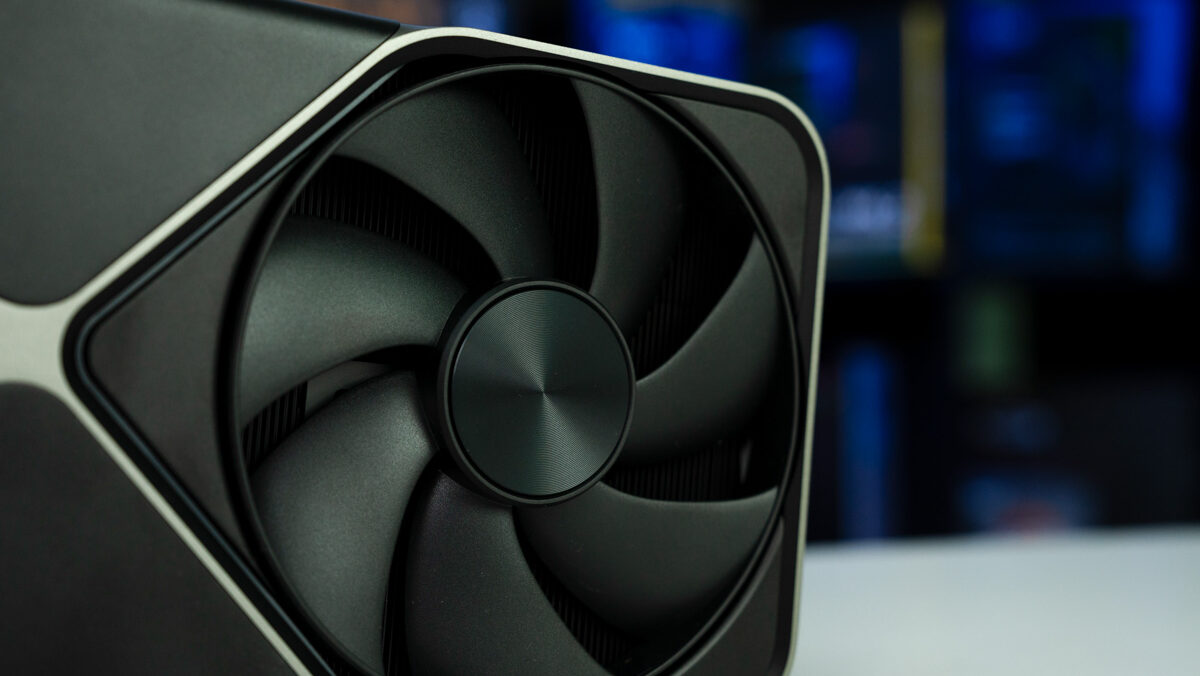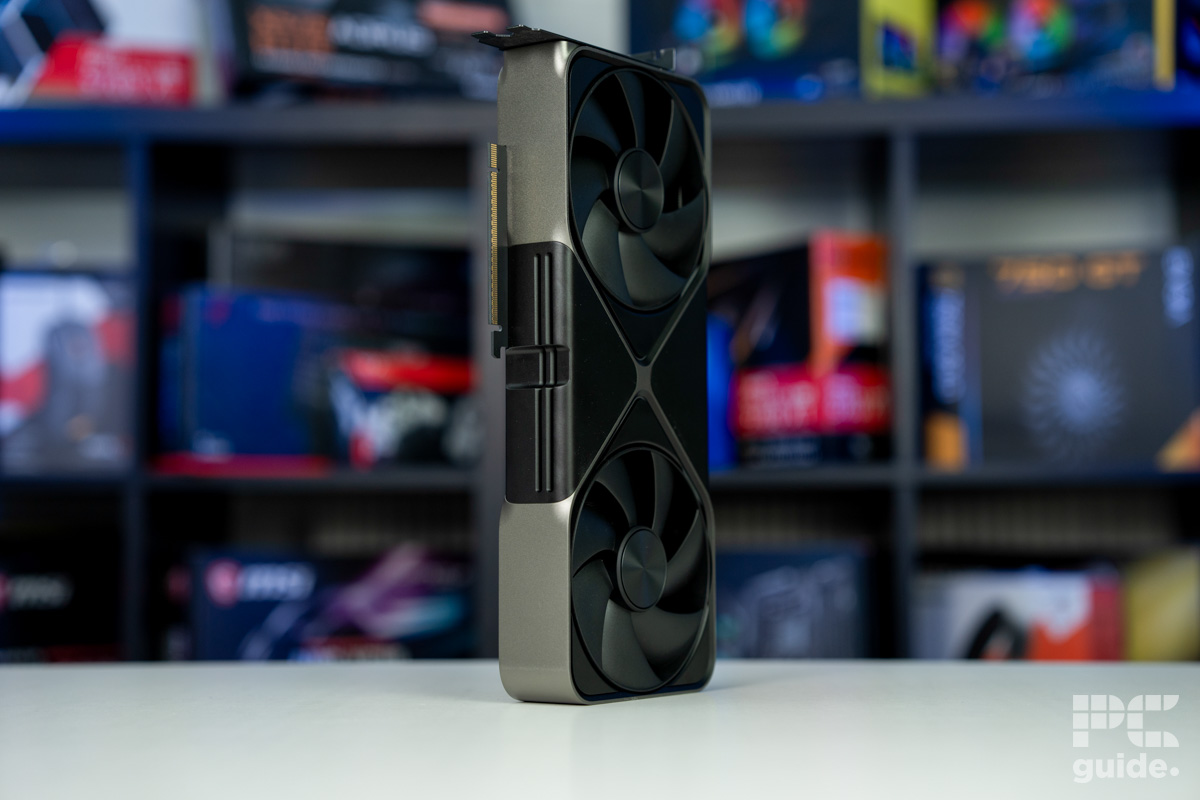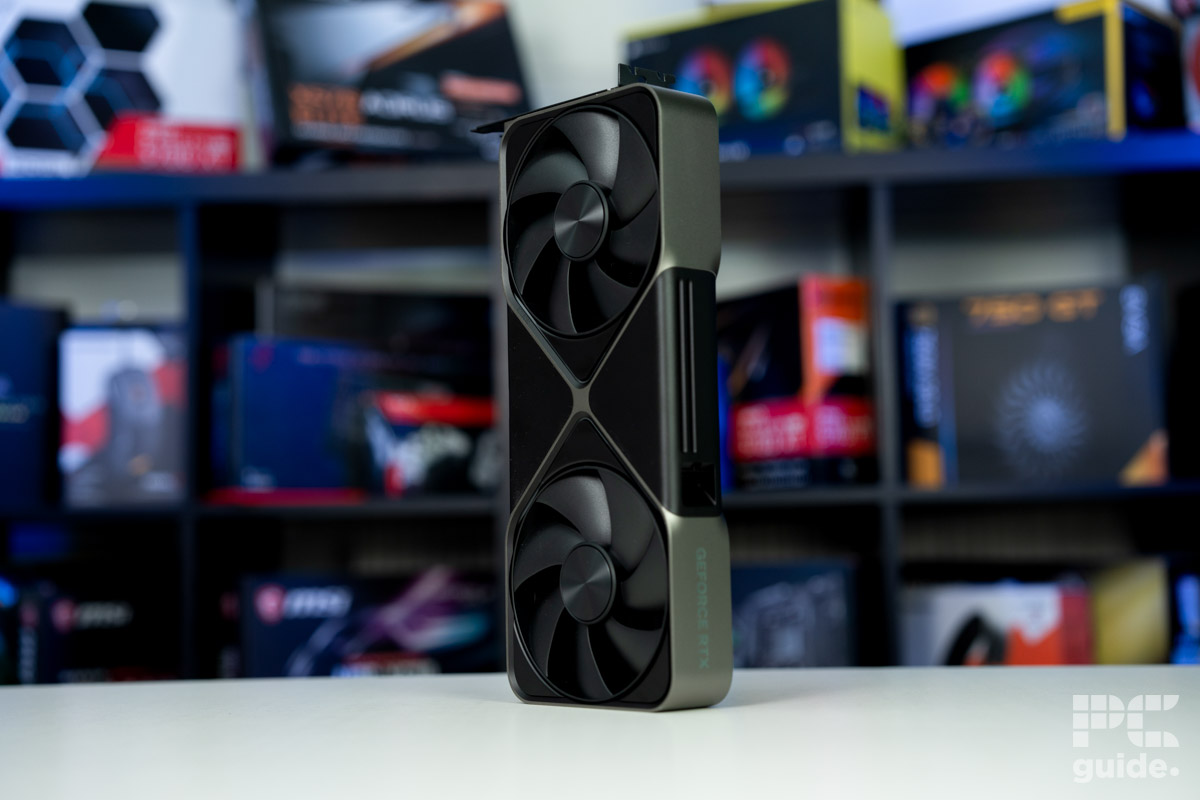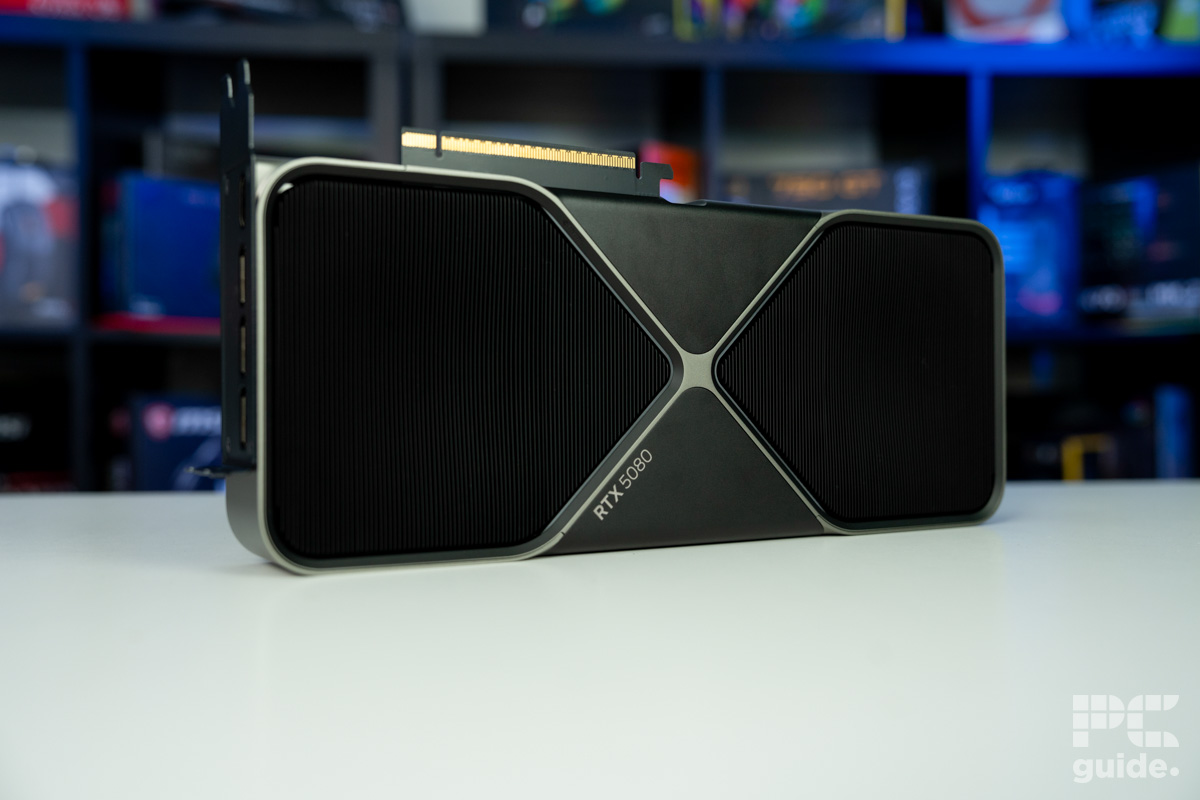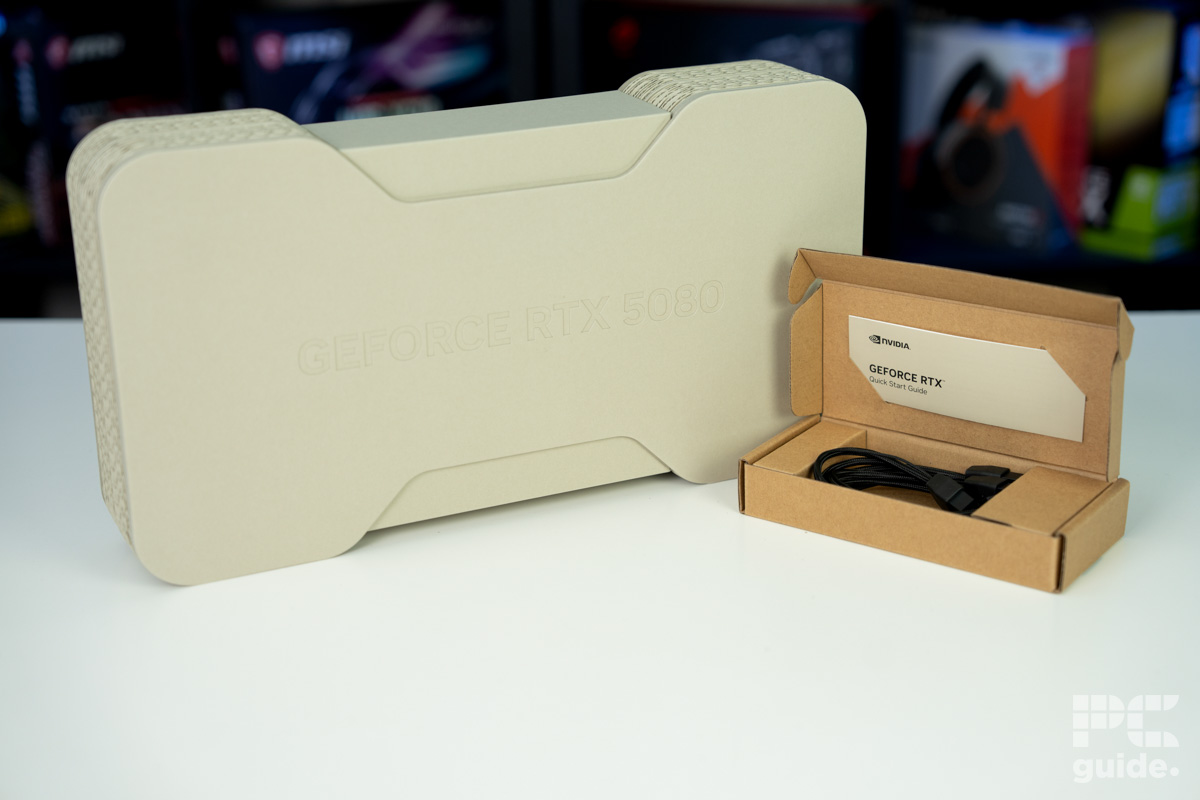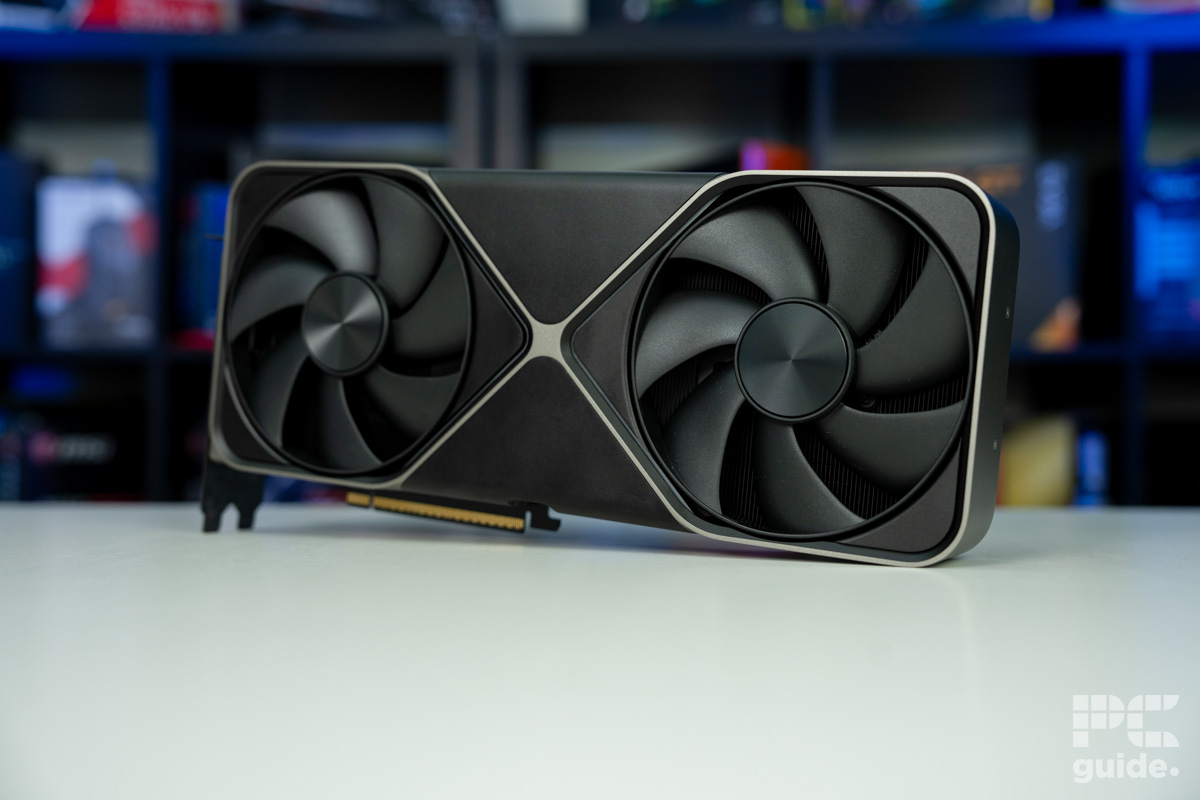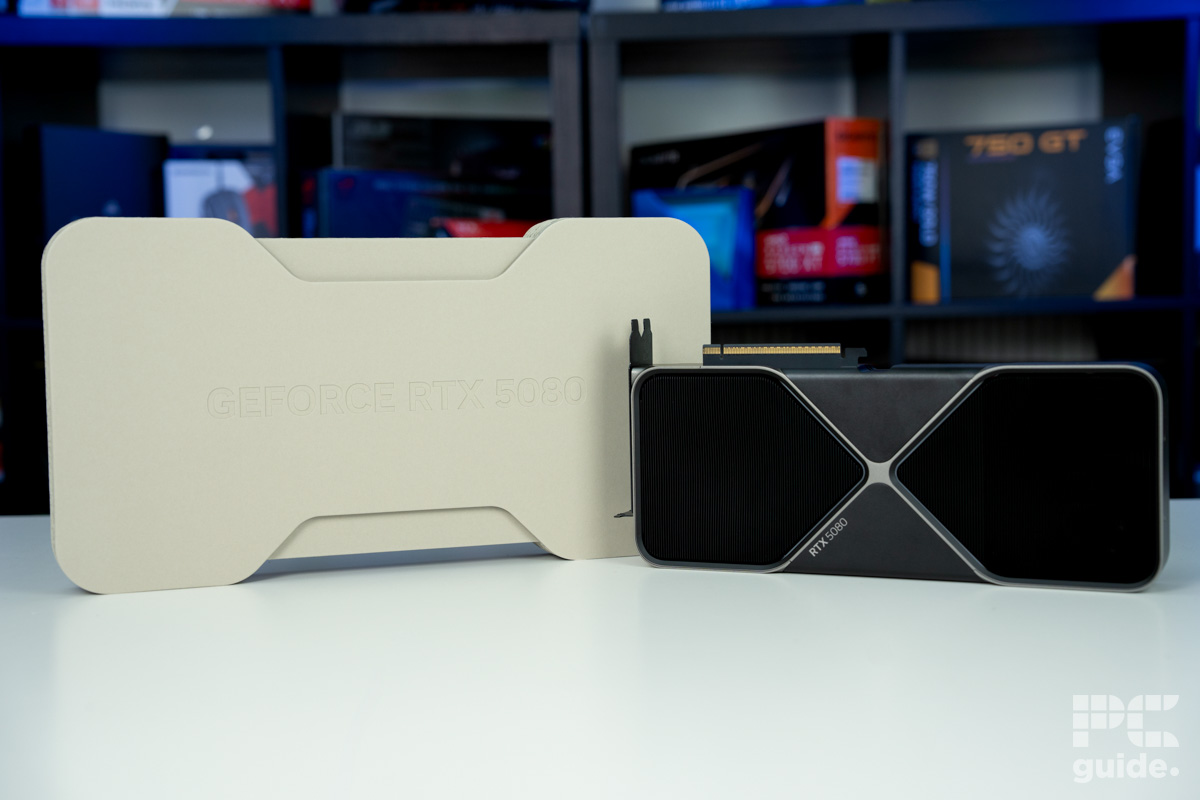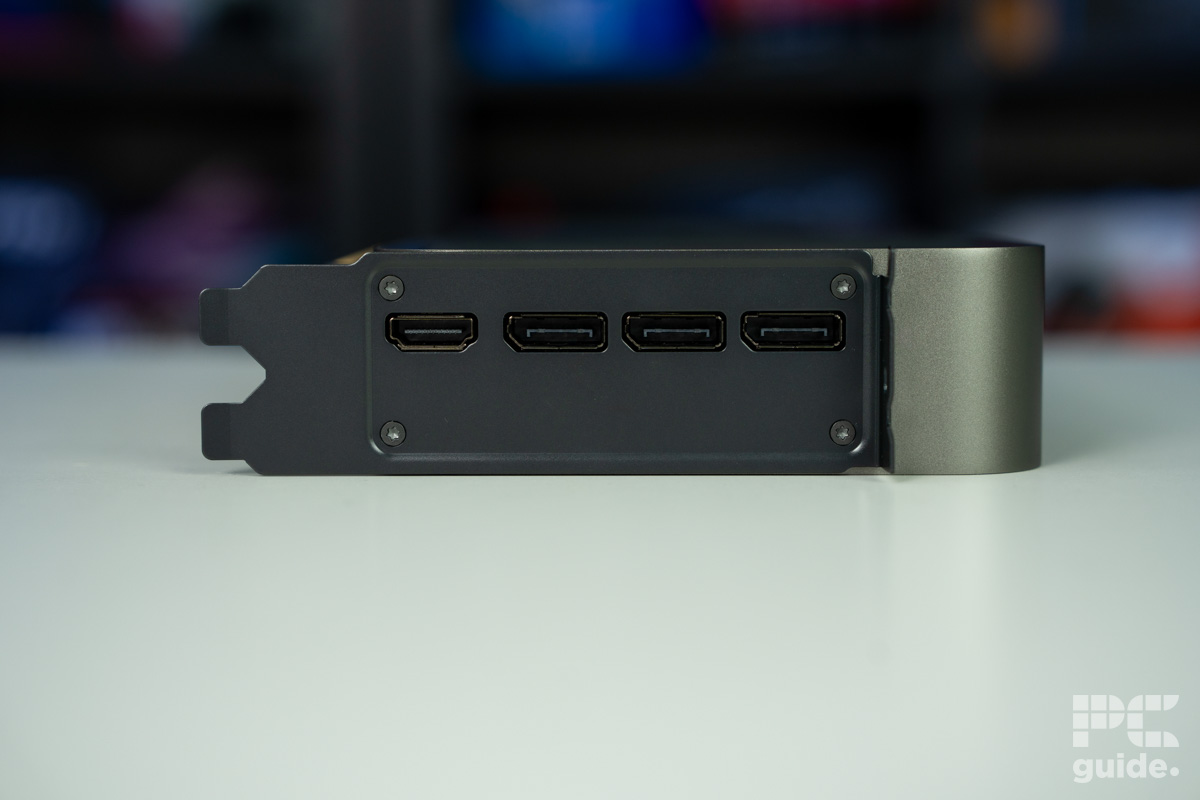Here’s how to check if your RTX 50 series GPU is missing ROPs and losing performance
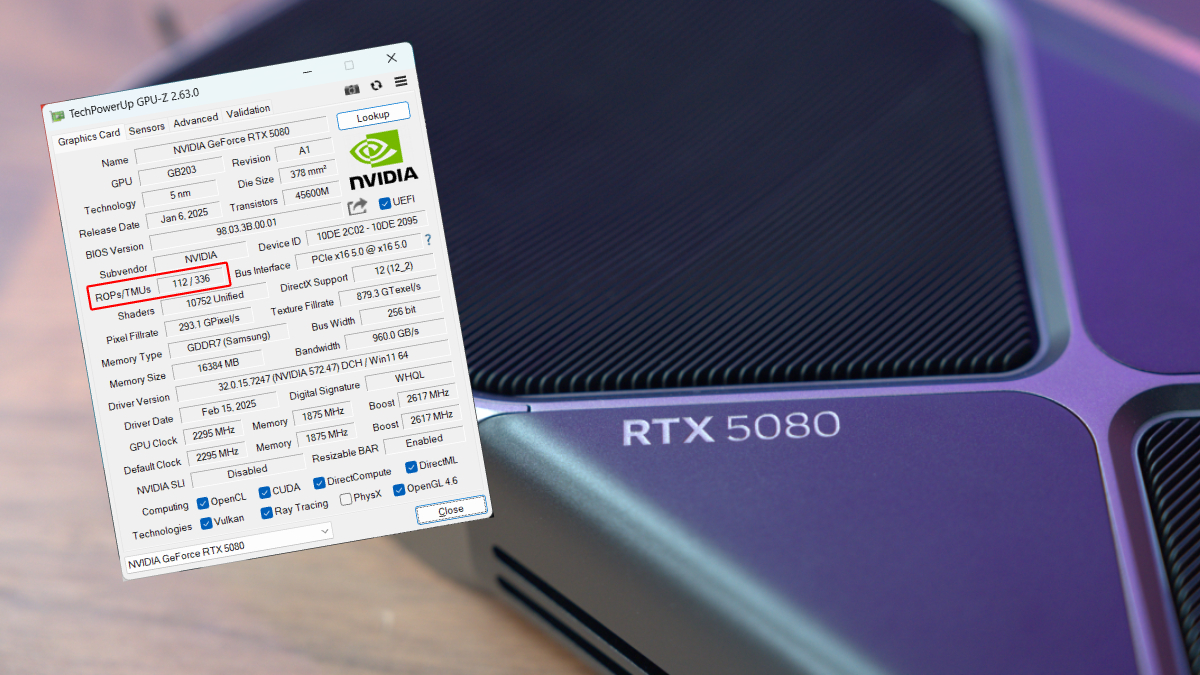
Table of Contents
Nvidia released the RTX 5080, along with the 5090, on January 30th. It has been a few weeks since then and the RTX 50 series has had its fair share of problems to tackle. First came the incredibly low amount of stock, followed by price hikes, power connector issues, and now some performance deficiencies.
Reports of lower-than-advertised ROPs first struck the flagship model, but now the RTX 5080 has been tested with missing ROPs, losing up to 14.5% of its performance compared to a fully functional component. This issue is also evident in the most recently released 5070 Ti. So, how do you know if you’re affected? Well, luckily the solution is nice and simple – let’s explain.
Prime Day is finally here! Find all the biggest tech and PC deals below.
- Sapphire 11348-03-20G Pulse AMD Radeon™ RX 9070 XT Was $779 Now $739
- AMD Ryzen 7 7800X3D 8-Core, 16-Thread Desktop Processor Was $449 Now $341
- ASUS RTX™ 5060 OC Edition Graphics Card Was $379 Now $339
- LG 77-Inch Class OLED evo AI 4K C5 Series Smart TV Was $3,696 Now $2,796
- Intel® Core™ i7-14700K New Gaming Desktop Was $320.99 Now $274
- Lexar 2TB NM1090 w/HeatSink SSD PCIe Gen5x4 NVMe M.2 Was $281.97 Now $214.98
- Apple Watch Series 10 GPS + Cellular 42mm case Smartwatch Was $499.99 Now $379.99
- ASUS ROG Strix G16 (2025) 16" FHD, RTX 5060 gaming laptop Was $1,499.99 Now $1,274.99
- Apple iPad mini (A17 Pro): Apple Intelligence Was $499.99 Now $379.99
*Prices and savings subject to change. Click through to get the current prices.

- GPU: GB203
- CUDA Cores: 10752
- VRAM: 16GB GDDR7
- Memory Bus width: 256 bit
- Base Clock speed: 2295 MHz
- Boost Clock speed: 2617 MHz
Checking your graphics card’s ROPs is easy
There are three simple steps involved in checking the ROPs count on your graphics card. The easiest way is to use a piece of software such as GPU-Z, so that’s what we recommend doing.
- Head over to the GPU-Z download page here
- Download the latest version (v2.63.0 at the time of writing)
- Launch GPU-Z and look for ROPs / TMUs under the ‘Graphics Card’ tab

As you can see above, our RTX 5080 Founders Edition card enjoys all 112 ROPs, so there are no performance issues to worry about here. We also reviewed the ASUS ROG Astral OC, and this card offered even better scores and framerates in our synthetic and gaming tests respectively.
For reference, the RTX 5090 should ship with 176 ROPs, while the RTX 5080 and RTX 5070 Ti should have 112 and 96 respectively. If your GPU is recording a lower value than it should, then you could be eligible for a replacement. However, considering the amount of stock issues we’ve been seeing for the entire roster of RTX 50 series cards, you could be waiting a while.


